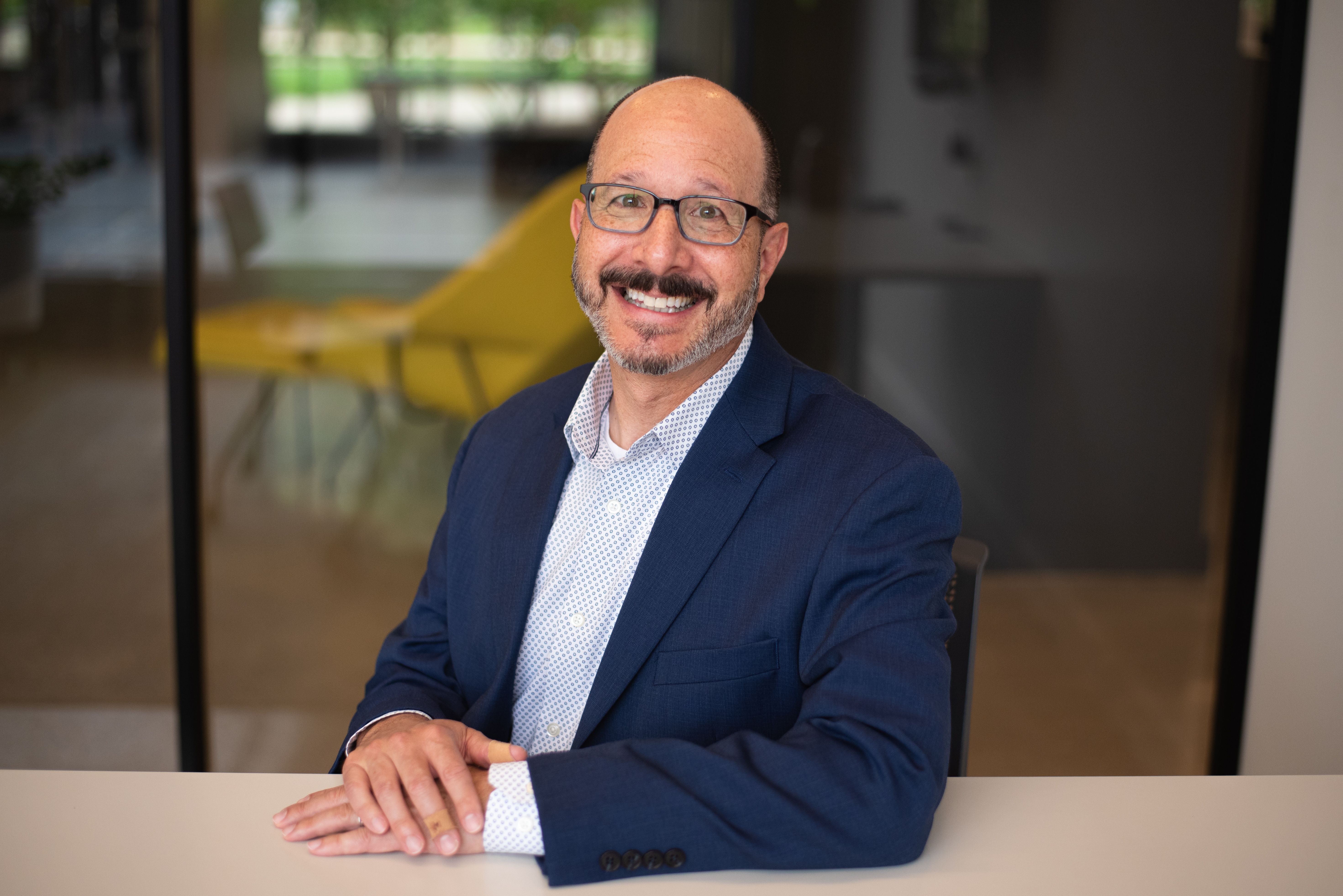We see great potential for conversion of under-occupied office buildings into other uses – but also many considerations. Learn more in a DesignGroup special report that explores the challenges and possibilities.
By Alan Schlossberg
AIA, LEEP AP
DesignGroup Principal, Regional Practice Leader
“The Urban Doom Loop” is a term coined to describe the downward spiral of some U.S. cities caused by the decline in the commercial office market. The pandemic accelerated the shift to remote work, which led to decreased demand for office spaces. The result in some cities: declining property values, falling tax revenues, worsening public services, outflow of residents – even rising crime.
The decline in the commercial office market has also affected the construction of large office buildings, which has slowed or halted in some mid-sized cities. The situation is so dire that commercial landlords are threatening to “give the keys back to the bank,” as The Atlantic reported last summer. With little sign the trend will turn around soon, some believe it could trigger the next real estate crisis. Even the news program 60 Minutes covered this shift in a recent broadcast. “Looking for signs the U.S. economy can continue to stave off a recession?” asked reporter Jon Wertheim. “Then avert your gaze from commercial real estate.”
But the Doom Loop isn’t all gloom. “While circumstances appear dire, they also represent an opportunity to reconsider many of our assumptions about work, the role of office space, and cities as desirable destinations for housing,” says Daniel Mathur, a DesignGroup Project Architect. “Office conversion to residential is an important component.”
In fact, office conversion to anything is being explored across the industry. From community services and urban farming to data centers and health-science spaces, excess corporate inventory provides a blank slate for possibilities.
There are challenges, of course. Building age has significant influence on potential development, larger properties may be less viable for affordable housing use, and “business to residential” occupancy changes can trigger new code and zoning requirements. The good news: DesignGroup is very dialed into this trend. We’re actively exploring conversions and are excited to innovate new uses that meet various urban and suburban needs. In fact, we recently published a report about what we’ve seen and where we think it could be going.
DesignGroup analyzed various factors for successful conversion, including the building’s context, form, envelope, systems, regulatory requirements, and more. The report provides case studies, possible incentives – even floor plate shapes that make conversion work. “We’ve flipped the paradigm and have begun to identify the properties most likely to succeed at something new,” says John Ryan, DesignGroup Associate Principal and Project Manager. “Rather than try to put out the fires associated with highly distressed properties.”
If you’re considering an office conversion, this report provides vital, foundational knowledge. Learn more by contacting Principal + Regional Practice Leader Alan Schlossberg, who spearheaded the report with Project Architects Daniel Mathur and John Ryan, or contact Senior Business Development Manager Lindsay Andrews.

Alan Schlossberg, AIA, LEEP AP | DesignGroup Principal, Regional Practice Leader
A devoted enthusiast of the arts, Alan holds dual degrees—a Bachelor of Fine Arts in Theater Design and a Master of Architecture—from Carnegie Mellon University. Renowned as a skilled designer and a leader in mixed-use, multi-family projects, he advocates for a thoughtful place-making approach that seamlessly integrates art and architecture within a regional context. Alan possesses extensive experience in designing and implementing public-private partnerships that connect private sector equity and development with educational and medical institutions. His portfolio includes collaborations with esteemed developers such as Toll Brothers, RBH Development, Graystar, Balfour Beatty, Faros Properties, WeWork-WeLive, and Fairmount Properties, as well as notable public institutions like the University of Arkansas, University of Maryland, University of North Carolina, University of Pittsburgh, Rutgers University, and Marshall University. Alan’s recent research focuses on enhancing stability in the commercial office markets, addressing the shortage of market-rate and affordable housing, and developing strategies for repurposing commercial buildings into housing, mixed-use, and vibrant destination developments.
